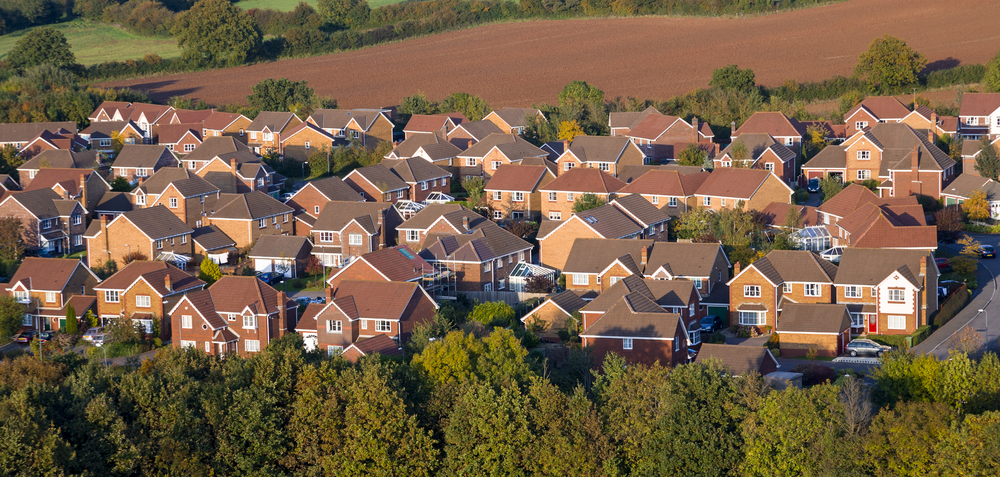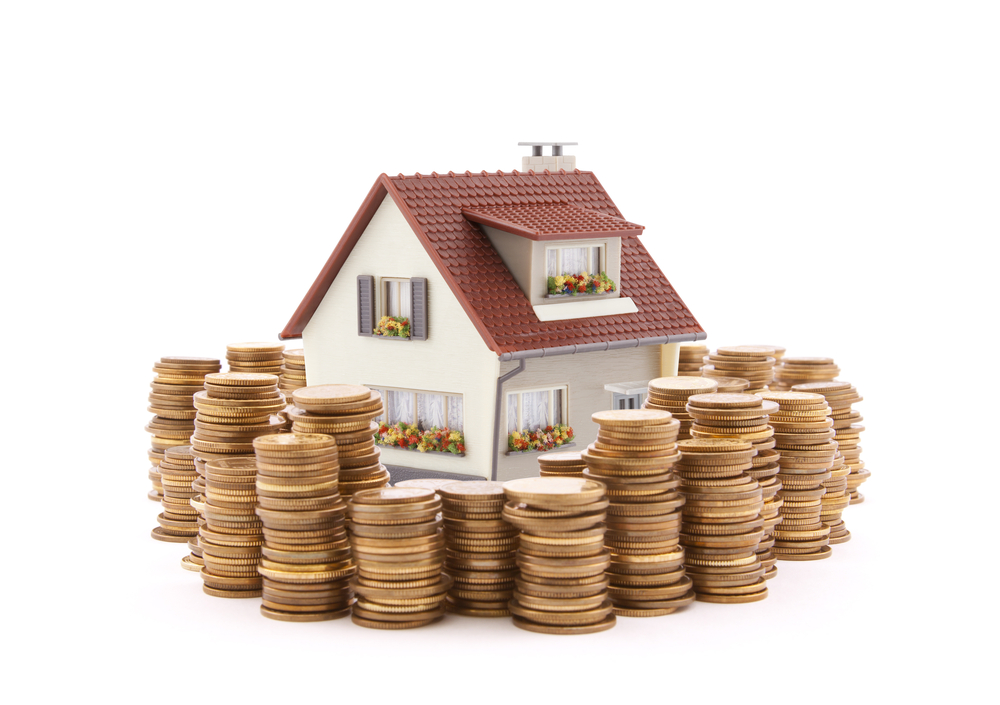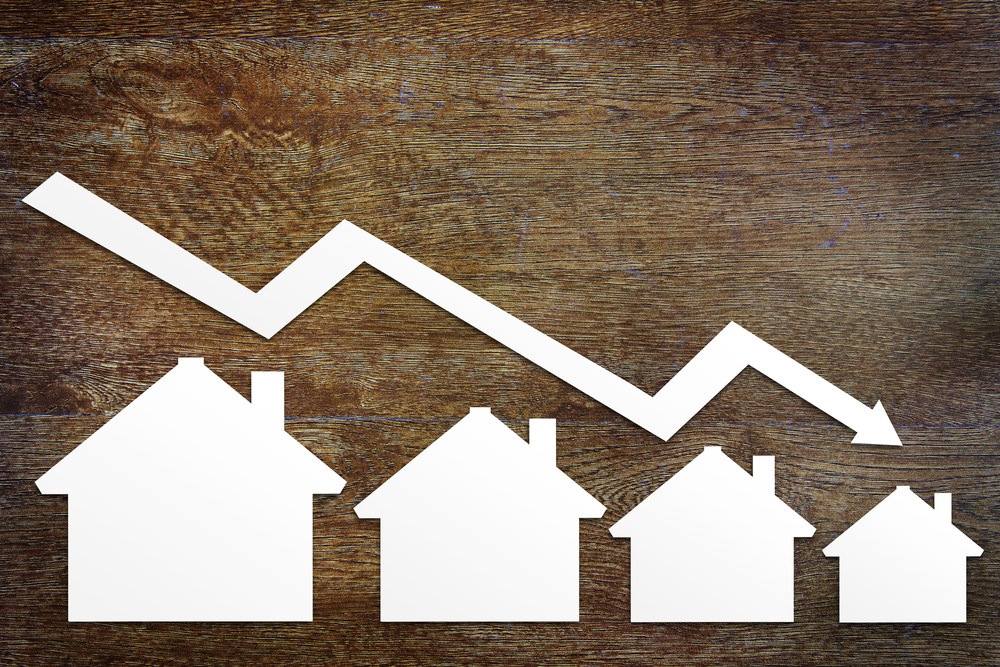
Almost a million fewer homes across England were reliant on a mortgage in 2021 before interest rates started to climb versus a decade ago, according to latest research from Octane Capital.
The specialist property lending experts analysed the number of owner-occupier homes owned with a mortgage in 2021 and how a decade of sub one percent interest rates had influenced the landscape of the market when compared to 2012.
The study showed that 41.1% of homeowners across England lived in mortgaged properties. This is down from 50.5% in 2012 with the total number of mortgaged owned homes falling by -9.4% from 7.4 million to 6.5 million during this time.
Every region of the country has seen the number of owner-occupied homes with a mortgage fall by a similar level over the space of a decade, Octane Capital said.
It noted that this reduction was largely driven by a prolonged period of mortgage affordability with the Bank of England base rate staying between 0.25% and 0.75% between 2009 and the start of 2022.
The study also found a shift to outright homeownership in some parts of the country.
Octane Capital said this shift from markets being dominated by mortgage holders to outright homeowners has been the most profound in Westmorland and Furness in Cumbia, where the total number of homes owned with a mortgage fell by -19.6% between 2012 and 2021.
Similarly, there were big shifts against mortgage ownership in New Forest in the south of England, and Staffordshire Moorlands, with the number of mortgaged owned homes dropping by -18.80% and -18.40% respectively.
The capital was found to have been the most vulnerable to rising rates. The Octane figures showed that in 2021 44.8% of homes were owned with a mortgage in the capital, more than any other region. This stands to reason as higher property prices in London result in people taking out larger loans that take longer to pay off.
It added that across England only four local authorities have seen the number of homes owned with a mortgage rise between 2012 and 2021 — and they’re all in London.
In the City of London, the number of mortgaged homeowners has risen by 19% over the space of a decade, followed by Tower Hamlets, at 8.1%, Greenwich, at 8.1%, and Newham, at 4.1%.
Meanwhile, outside of London mortgage ownership has remained steady in Salford, Greater Manchester, where the ratio of owners using a loan has stayed the same between 2012 and 2021. This likely comes from an influx of new buyers using a mortgage in the fast-developing region.
In Telford and Wrekin in Shropshire, as well as in the Vale of White Horse in Oxfordshire, the proportion of mortgaged homeowners only fell slightly, by -3%,
Forecast
The Bank of England base rate has shifted upwards to 5.25% since the latest look at owner-occupier status was collected, which has slowed down the buyer market this year.
It remains to be seen as to whether or not the higher cost of entry will continue to stifle the number of mortgaged owned homes in the market. However, with the appetite for homeownership remaining strong, it’s likely this number will now increase as more homeowners take longer to repay their mortgage due to the increased cost involved.
Octane Capital chief executive Jonathan Samuels said: “There’s no doubt that such a prolonged period of mortgage affordability due to a sub one percent base rate is the driving factor behind the reduced number of mortgaged owned homes between 2012 and 2021.
The historic environment of low interest rates means many homeowners were able to significantly pay down their loans after the global financial crisis and this has seen more make it to the hallowed status of outright ownership.
The good news is that because of this changing market landscape a greater proportion of the homeowners will have been sheltered against the recent increase in interest rates and the resulting hike in borrowing costs.
Looking ahead it’s going to be tough for new mortgage holders, who have to come up with far more in monthly payments than their predecessors. As a result, the likelihood is that the number of homeowners reliant on a mortgage will once again start to climb.



